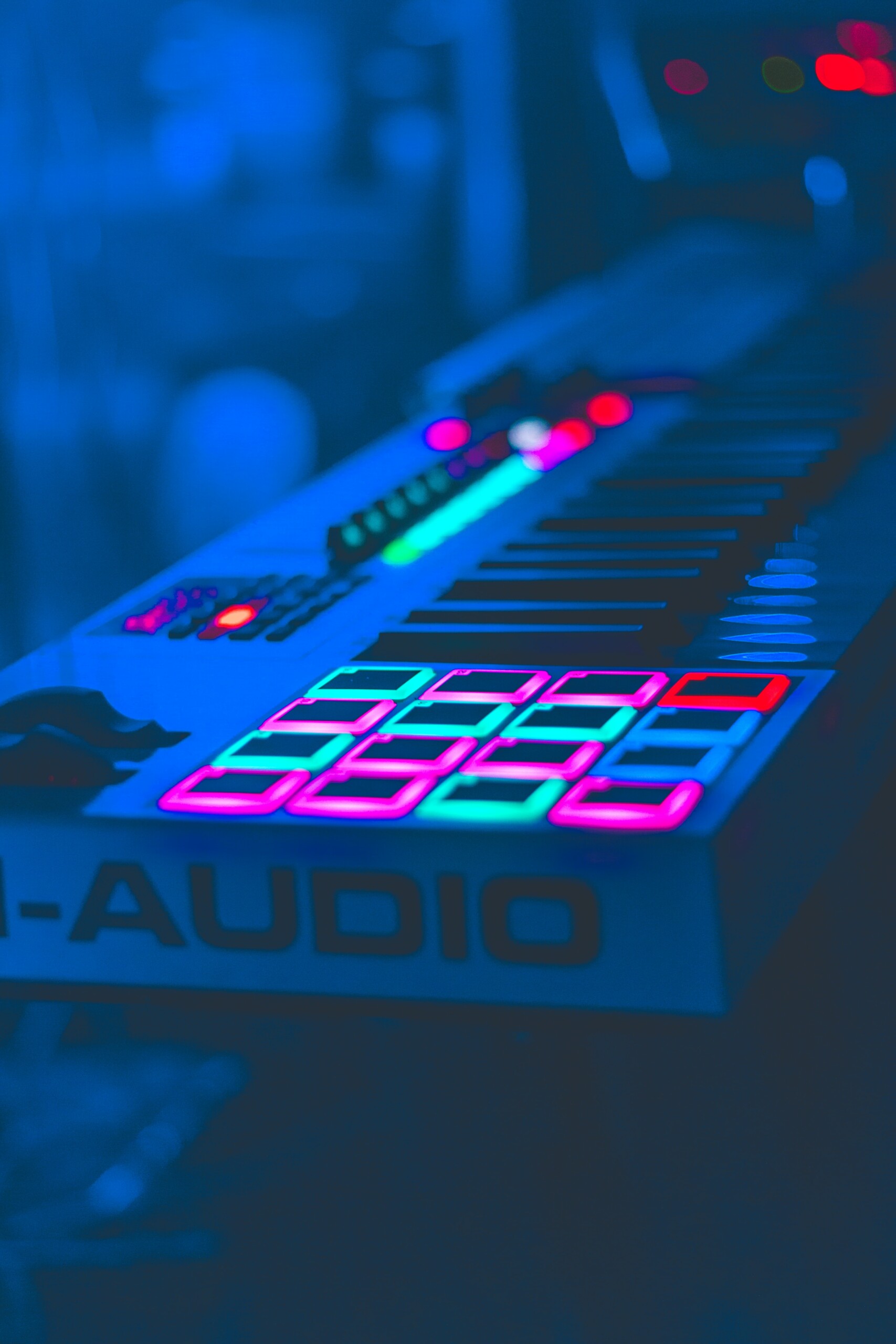Acoustic driving in audiomarketing
What tools do audiomarketing companies use? What is acoustic driving and why is it used for audiomarketing? Discover the power and importance of (background) music at the point of sale. Learn what the letter R in the BRECVEM(A) model stands for.
On a shopping spree
A shopping spree refers to practically everyone. Black Friday, two products for the price of one, 50% discount for another one… As you quickly walk along the stands, you hunt for more bargains and your mood goes up with each and every purchase. You want to save for the future, so your shopping basket collects more and more products.
You try to be rational with your choices, but indistinctly you run over budget. You are suddenly awake only when you study your receipt. Returns are not (yet) an option since you are busy hunting for next bargains. Music surrounds you everywhere, but you do not pay attention to it.
Acoustic driving in audiomarketing
The particular tempo of (background) music at the point of sale is not random. If the sender wants to increase customers flow, the background music is dynamic, with well-articulated pulse and high stimulation potential.
The consumer will naturally synchronise the tempo and rhythm of physiological processes with the music, e.g. nerve impulses, heart rate or breathing. Finally, the musical tempo will affect the pace of listener’s moves. They will be faster or slower – in line with the sender’s intentions and the chosen ‘acoustic wallpaper’.
Acoustic driving and emotions
Acoustic driving is frequently used in audiomarketing. It not only allows for affecting listener’s physiological condition, but it indirectly influences his/her emotions and behavior.
Exposed to slow music, the customer will spend more time at the point of sale browsing products with greater attention. Fast music, on the other hand, will lead to impulsive shopping and increased stimulation that can result in a shorter visit.
Psychology of music refers to the synchronisation between body and musical rhythms as rhythmic entrainment. This is the letter R in the BRECVEM(A) model. Interestingly, it can also trigger affective and cognitive responses. It may lead to the feeling of joy, strength or peace. It also often evokes the sense of belonging and community with people who are listening to the same music at a given moment.
This vast range of possible responses is really impressive. That is why acoustic driving is so popular in audiomarketing.
Author: Sylwia Makomaska
#psychologiamuzyki #musicpsychology #marketingsensoryczny #sensorymarketing #audiomarketing #marketing
In the Music Psychology Zone, you will find out how (background) music affects customers at points of sale. In subsequent publications, we will explain what strategies are used in audiomarketing and why (background) music can also evoke negative emotions.
See also: B for escape or How does audiomarketing work?
More information:
- Sylwia Makomaska (2021), Muzyka na peryferiach uwagi. Od musique d’ameublement do audiomarketingu. Warszawa: Wydawnictwa Uniwersytetu Warszawskiego. https://www.wuw.pl/product-pol-15438-Muzyka-na-peryferiach-uwagi-Od-musique-dameublement-do-audiomarketingu.html
- Sylwia Makomaska (2021), “Acoustic wallpaper” under control – the case of musique d’ameublement and Muzak, “Interdisciplinary Studies in Musicology” 21, 39-55. https://pressto.amu.edu.pl/index.php/ism/article/view/34751
- Sylwia Makomaska (2019), (Shared) meaning in the strategy of audiomarketing – theory and practice, “Journal of Interdisciplinary Music Studies” 9, 18-31. http://musicstudies.org/wp-content/uploads/2020/11/JIMS-19SI-02-Makomaska.pdf

